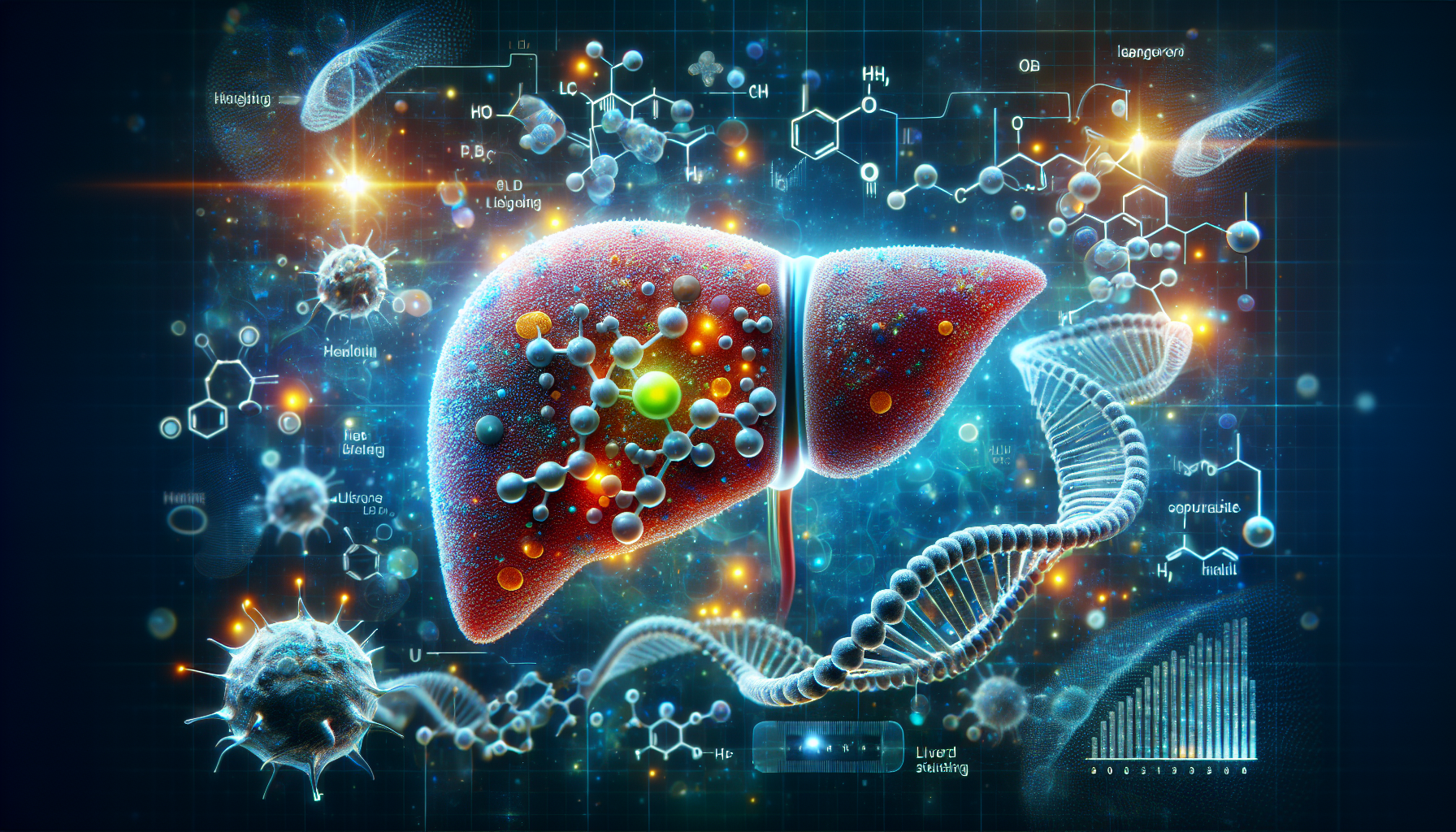New Blood Test Offers Hope for Detecting and Monitoring Liver Disease
Key Takeaways
- HeparDx™ offers a non-invasive way to diagnose and monitor MASH.
- The test uses specific biomarkers to detect liver inflammation and fibrosis.
- Clinical trials show HeparDx™ has high accuracy in diagnosing liver disease.
Did You Know?
Introduction to HeparDx™
HeparDx™ is an innovative blood test designed to identify and monitor MASH (Metabolic dysfunction-associated steatohepatitis), a severe form of fatty liver disease. Developed by MetaDeq Diagnostics, this test aims to provide a non-invasive means of diagnosing the condition, which is traditionally confirmed through liver biopsies.
With liver disease becoming increasingly prevalent, the need for reliable and non-invasive testing methods is urgent. HeparDx™ has shown promising results in detecting specific biomarkers that indicate liver inflammation and fibrosis, key factors in MASH.
What is MASH?
MASH is a serious liver condition that can lead to cirrhosis, liver failure, and even liver cancer. It is often associated with obesity, type 2 diabetes, and metabolic syndrome. The disease progresses over time, making early diagnosis critical for effective management and treatment.
Currently, the standard method for diagnosing MASH is a liver biopsy, a procedure that is not only invasive but also carries risks such as bleeding and infection. Therefore, a non-invasive test like HeparDx™ could revolutionize how this condition is diagnosed and monitored.
How HeparDx™ Works
HeparDx™ utilizes two primary biomarkers to detect MASH activity and liver fibrosis. The first biomarker, PLIN2, is associated with liver inflammation and cell ballooning, while the second, RAB14, indicates fibrosis or scarring in the liver. These biomarkers are measured in the blood, offering a less invasive alternative to traditional methods.
One of the key advantages of HeparDx™ is its specificity. Studies have shown that PLIN2 levels are significantly higher in patients with MASH compared to those without liver disease or those with cardiovascular conditions. This specificity helps ensure accurate diagnosis and monitoring of liver disease.
Clinical Validation and Data
MetaDeq Diagnostics recently presented data on HeparDx™ at the European Association for the Study of the Liver (EASL) Congress 2024 in Milan, Italy. The data highlighted the test's accuracy in diagnosing MASH, with a sensitivity and specificity exceeding 90%. These findings are based on extensive clinical trials involving hundreds of patients.
Further studies are ongoing to validate HeparDx™ in diverse patient populations. Initial results are promising, showing that the test can reliably detect the different stages and components of MASH, making it a valuable tool for both diagnosis and ongoing monitoring.
Implications for Patient Care
The introduction of HeparDx™ could significantly improve the management of MASH. Early diagnosis allows for timely intervention, which can prevent the progression of the disease and reduce the risk of complications. Moreover, the ability to monitor treatment response through a simple blood test can enhance patient care and outcomes.
Given the rising prevalence of MASH, particularly among adults with metabolic dysfunction, HeparDx™ offers a practical and impactful solution. It also aligns with recent recommendations from health organizations, suggesting that individuals with certain risk factors should be screened for liver disease.
Conclusion
HeparDx™ represents a significant advancement in the non-invasive diagnosis and monitoring of liver diseases like MASH. With its high accuracy and specificity, this blood test could replace more invasive methods, providing a safer and more accessible option for patients.
As research continues, HeparDx™ is expected to play an increasingly important role in managing liver disease, helping healthcare providers deliver better care and improve patient outcomes.
References
- EASL Congresshttps://easlcongress.eu
- Gut Journalhttps://gut.bmj.com/content/early/recent
- American Diabetes Associationhttps://diabetes.org/newsroom/american-diabetes-association-releases-guideline-update-NAFLD-diabetes






